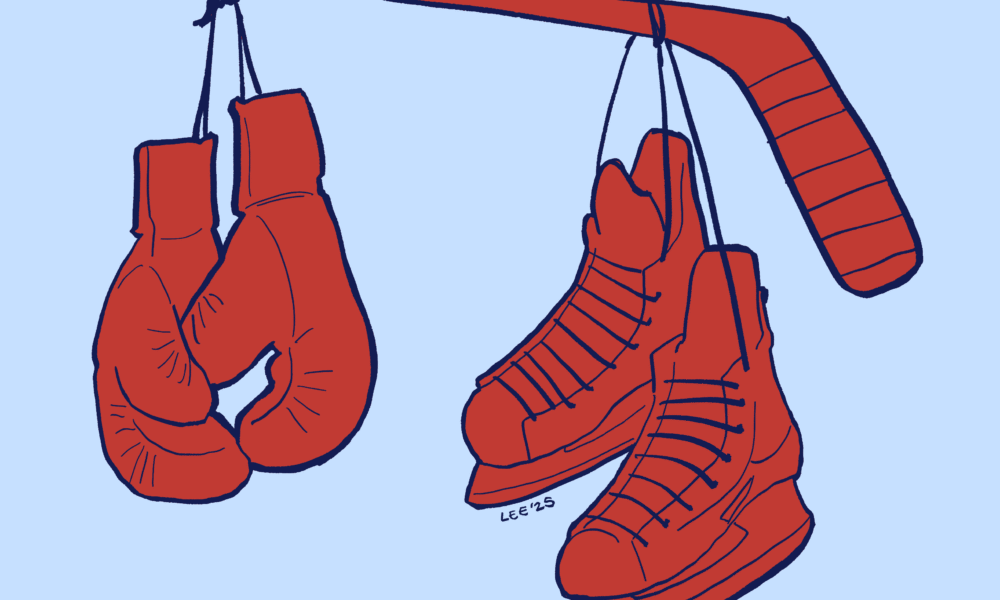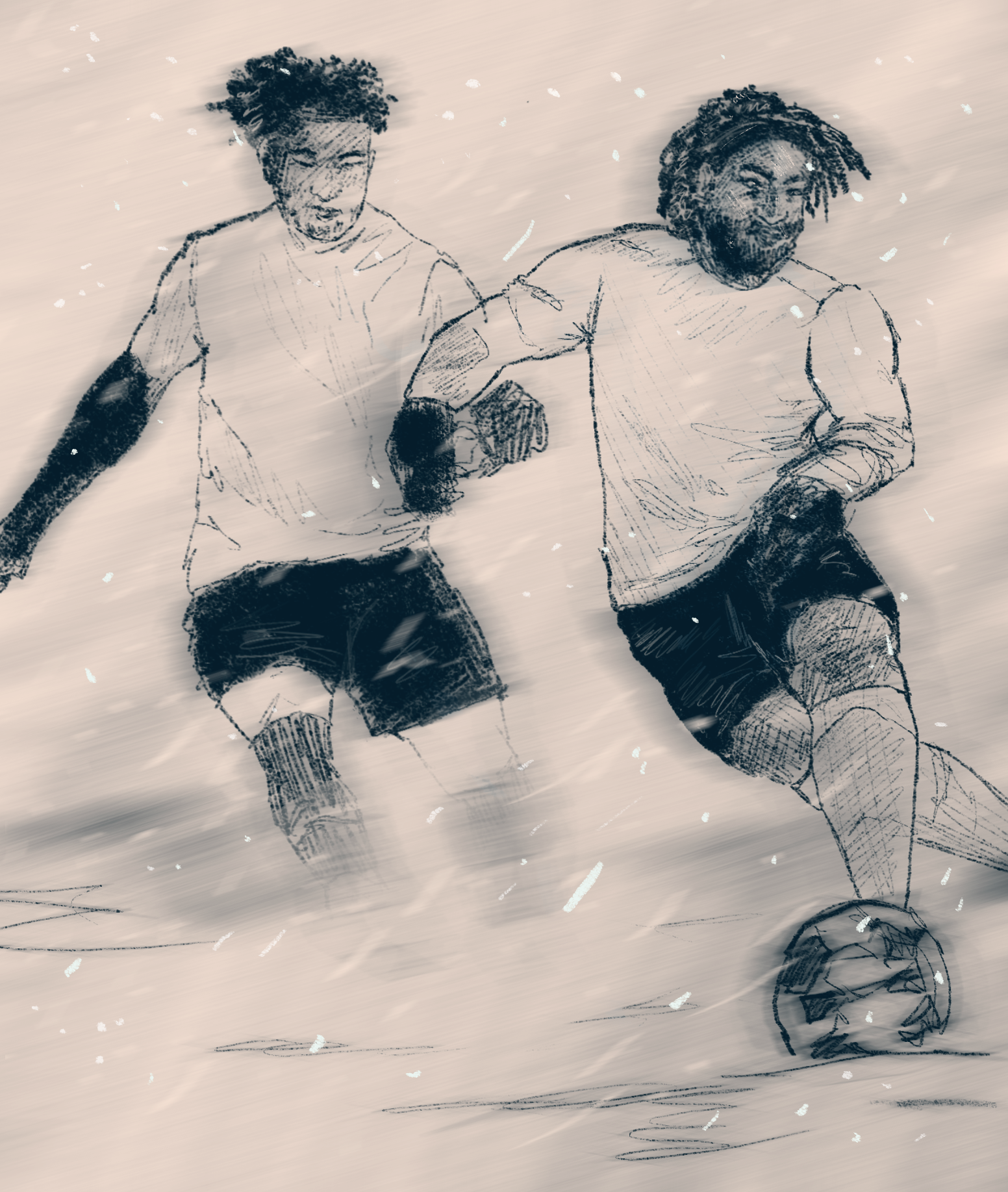In the final seconds of a tight National Hockey League (NHL) game between the Detroit Red Wings and the New York Rangers, Detroit’s Mason Appleton shot the puck near centre ice a half-second after the game’s final buzzer blared. Rangers goaltender Jonathan Quick instigated a fight in retaliation; within moments, gloves littered the ice, and a rare bench-clearing brawl erupted in front of a stunned arena.
In today’s NHL, an era polished by speed and analytics, the sight felt almost prehistoric. And yet it was electric. It reminded fans of something the sport has never fully outgrown—fighting and its complicated place in hockey’s identity.
In the NHL’s early decades of the 1920s to 1960s, fights acted as a self-policing mechanism. They protected stars, upheld rules, and allowed players to settle disputes with their fists rather than the rulebook. Fans embraced it as part of the game’s raw, unfiltered culture. There was no need to explain it: Fighting was simply how hockey governed itself.
By the 1970s and 1980s, that fighting norm evolved into full-blown enforcer culture, rife with intimidation and designated tough guys whose sole job was to unleash chaos on command. Brawls became ritualistic, woven into the fabric of bitter rivalries.
Nowhere was this more palpable than in Quebec, where the Montréal Canadiens and Quebec Nordiques transformed hostility into theatre. Their notorious 1984 clash—the Good Friday Massacre—became one of the bloodiest nights in Canadian sports history as decades of tension spilled across the ice. The Massacre brought 252 penalty minutes and multiple ejections, as players threw punches, swung their sticks, and went back for round two.
This time also produced one of the most surreal moments in NHL lore: The Boston Bruins and New York Rangers fan fight of 1979. After a late-game scrum, a Rangers fan struck Boston’s Stan Jonathan with a rolled-up program. Within seconds, Bruin Terry O’Reilly and his teammates scaled the glass like soldiers breaching a fortress to retaliate. Mike Milbury famously ripped off a spectator’s shoe and used it as a weapon against its owner. The scene remains a mix of shock, chaos, and dark comedy unmatched in league history.
The 1990s brought choreography to the chaos. Fighting became tactical—heavyweights squaring off in predetermined showdowns—but the decade also birthed one of the league’s most emotionally-charged feuds: The Red Wings vs. the Colorado Avalanche. Colorado’s Claude Lemieux’s bone-crushing hit on Detroit’s Kris Draper in 1996 fractured more than Draper’s face—it fractured two franchises. Detroit’s retribution came in 1997, when Darren McCarty hunted down Lemieux, dragged him to the ice and pummeled him as both teams’ benches erupted. A year later, tensions flared again in a cinematic moment: Opposing goaltenders Patrick Roy and Chris Osgood skated the length of the rink to collide at center ice in a flurry of punches.
The 2000s delivered their own brand of mayhem with the Philadelphia Flyers vs. Ottawa Senators in 2004. Their matchup devolved into a rolling storm of violence—pre-meditated fights off every faceoff, a goalie duel, and enforcers squaring up like gladiators. When the dust settled, the game’s score sheet showed an absurd 419 penalty minutes: Still an NHL record.
By the mid-2010s, however, the landscape shifted. Concussion research, chronic traumatic encephalopathy awareness, and the rise of speed-first roster building meant fighting dropped dramatically league-wide. Salary-cap realities squeezed out one-dimensional enforcers, and new rules—the fight strap and penalties for removing helmets—further dampened the spectacle. Even brawls like the 2011 New York Islanders–Pittsburgh Penguins melee, leading to 346 penalty minutes, feel like artifacts of a fading culture.
Today, fighting survives, but with purpose. It is context-driven: Meant to protect a star, swing momentum, or spark a lethargic bench. Modern enforcers like Ryan Reaves, Arber Xhekaj, and Matt Rempe are skilled enough to justify their roster spots beyond their fighting abilities.
Still, the bench-clearing chaos seen in the recent Rangers-Red Wings clash feels almost archaic. It reminds us that beneath the modern polish, hockey’s wilder heartbeat still pulses, forging identity, accountability, and culture, and allowing fists to say what words or whistles still cannot.









